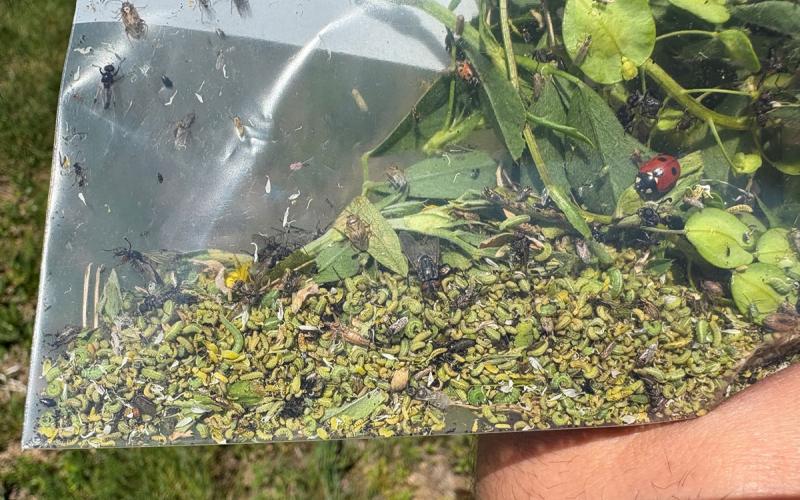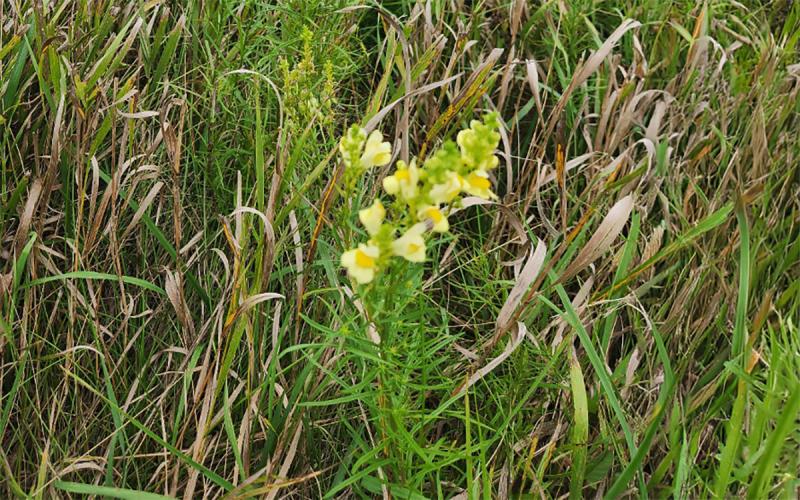Written with contributions by Shelby Pritchard, former SDSU Extension Pest Management Specialist.
Originally Submitted: June 30, 2022
Blister beetles have been spotted in several alfalfa fields in South Dakota, which means it’s time to start scouting to determine how many are present. The adult blister beetles feed on leaves and blossoms and contain a toxic chemical called cantharidin. However, the larvae of these beetles are beneficial, as they are predatory and feed on grasshopper eggs.
The chemical cantharidin can make scouting for blister beetles a literal pain. Exposure of skin to the chemical results in painful, fluid-filled blisters. More seriously though, is the health threat blister beetles pose to livestock that consume bales of alfalfa that contain whole or partial blister beetle bodies. Hay that is infested with blister beetles can cause mouth sores, digestive issues, kidney damage and death.
Identification
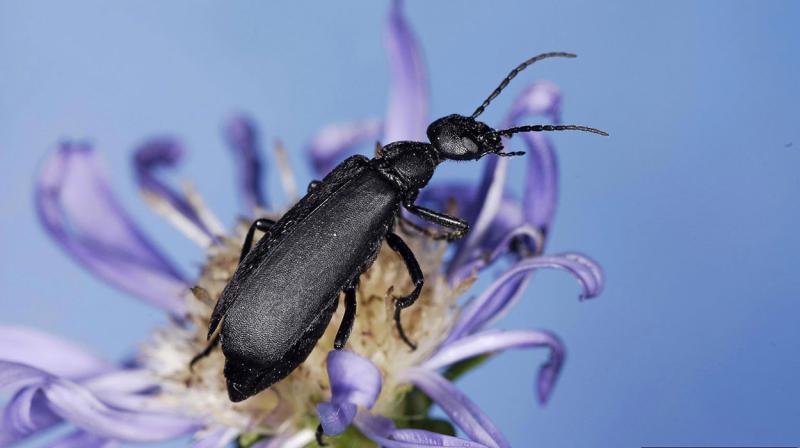
Blister beetles have one generation per year. Adults can be up to 1 inch long, have a soft, elongate body, and vary in color and size based on species. The most common species in South Dakota are the Black (Figure 1) Ashgray (Figure 2), Immaculate (Figure 3), Striped (Figure 4), and Margined (Figure 5) blister beetles. A unique characteristic of blister beetles is that their thorax (middle body segment) is narrower than both the head and abdomen.
Blister beetles get their name because their blood contains cantharidin, which causes blisters if it comes in contact with skin. The beetles release this toxic chemical through “reactive bleeding” to defend themselves from predators. Cantharidin is also released if the beetles are crushed, which is a problem when feeding infested hay to livestock. If an animal ingests enough blister beetles, it can lead to sickness or even death.
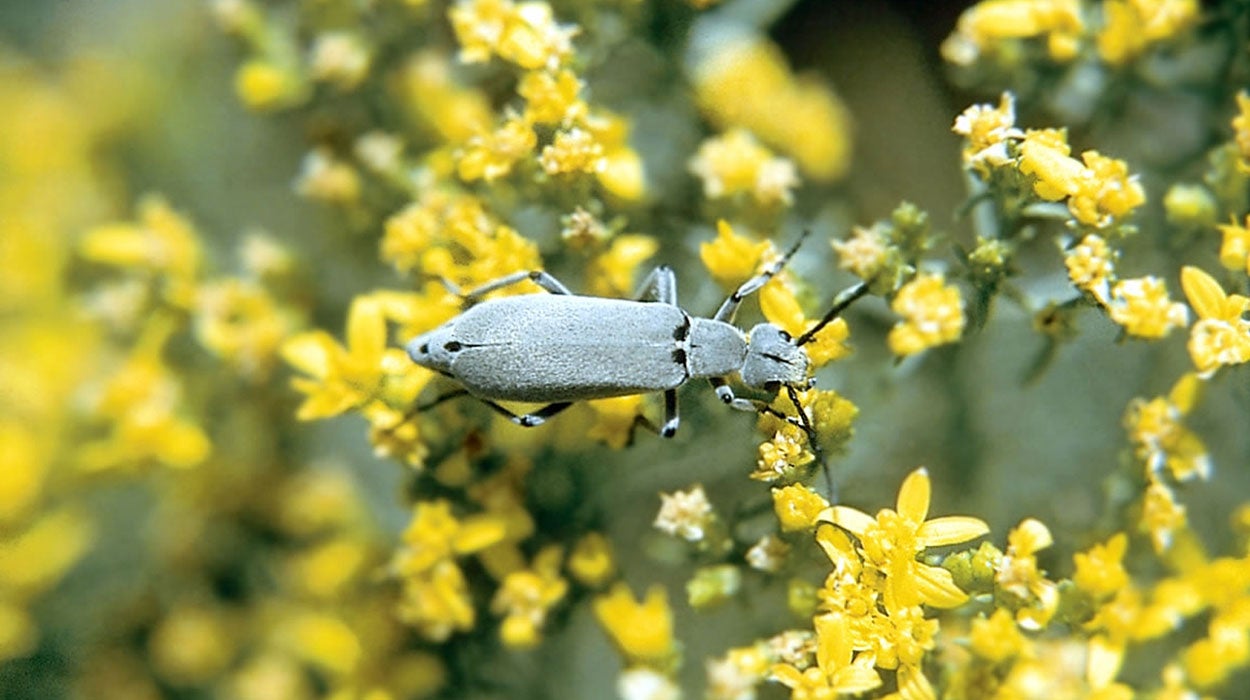

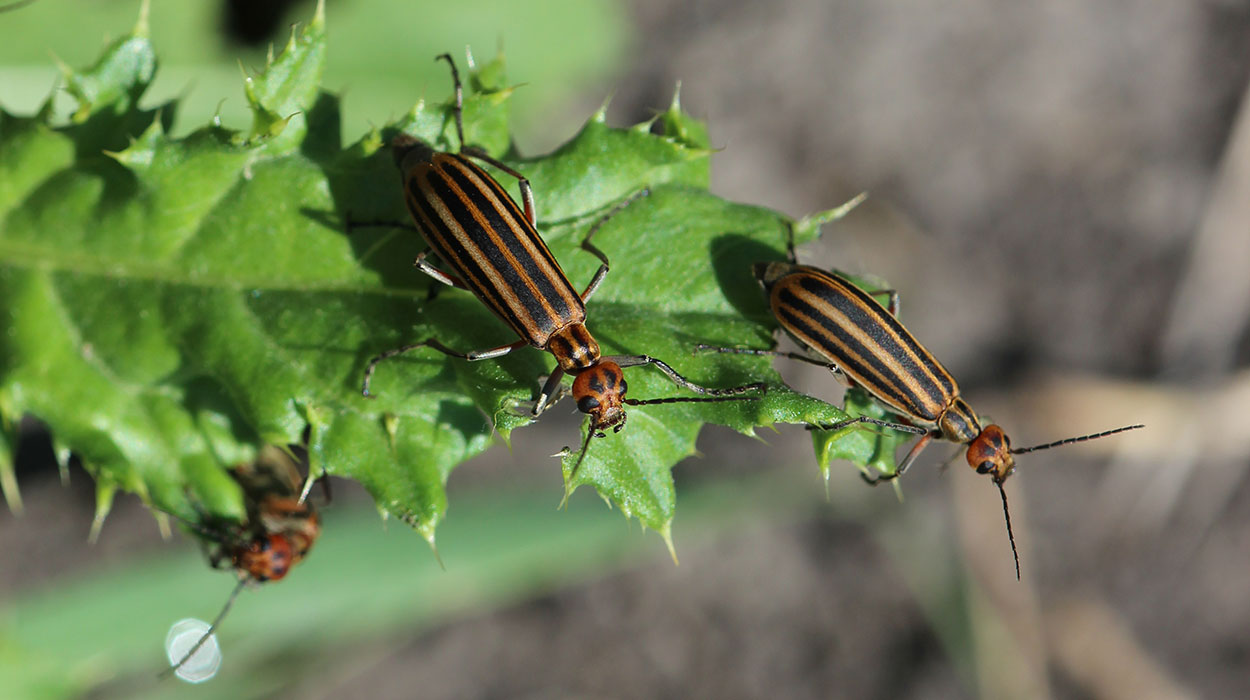
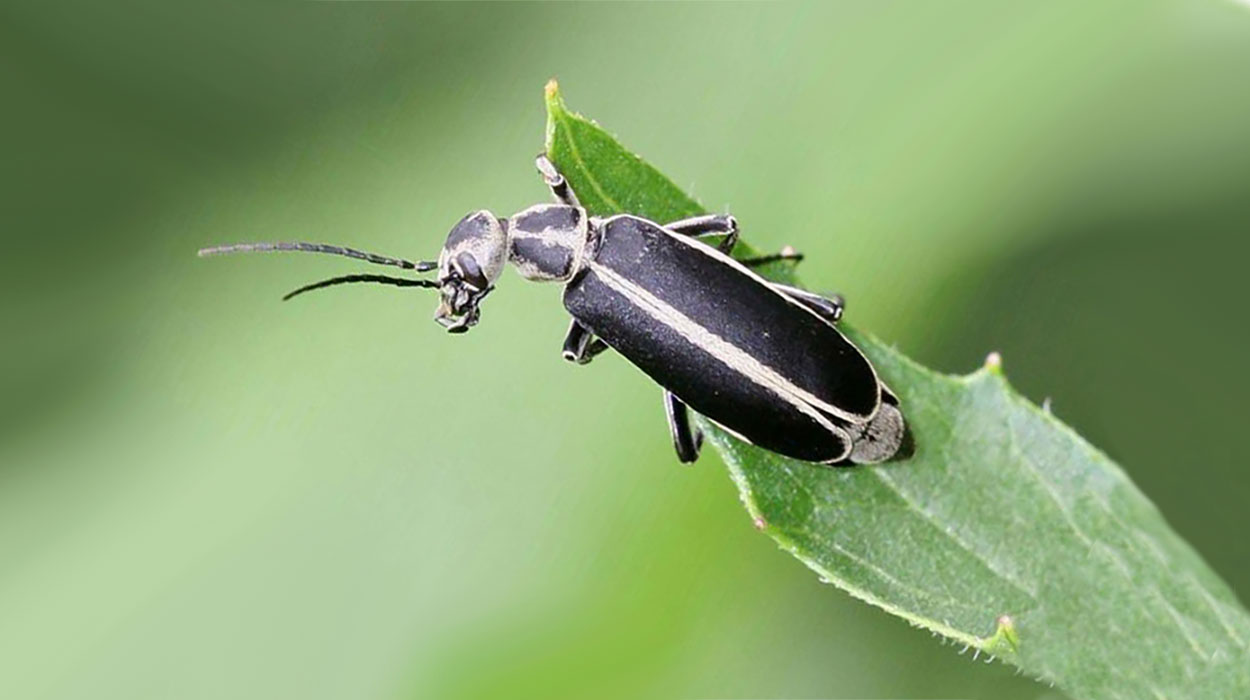
Management
It is important to scout alfalfa fields for blister beetles prior to each cutting. Second and later cuttings are at higher risk of infestation, because blister beetles are more abundant by early to mid-summer. However, blister beetles can also be an issue for the first cutting if it is delayed due to a cool spring or other weather conditions.
Due to their predation on grasshopper eggs, blister beetles are more likely to be present in areas where large grasshopper populations were observed during the previous year. Consider management if you notice large numbers of blister beetles in the field.
Insecticide applications are not recommended, as this kills the beetles but does not remove them from the hay. Dead blister beetles remain toxic, and spraying may increase the number of beetles per bale.
The alternative is to cut alfalfa prior to peak bloom, as blister beetles are attracted to the blossoms. It is also important to allow the cut alfalfa to dry fully before raking so that the beetles have time to vacate the plants prior to baling. If alfalfa is infested, it is also important to mow or windrow the hay and not crimp it. Crimping increases the likelihood of crushed beetles remaining in the hay. From personal observations, many blister beetles will escape from mowed alfalfa within the first 3 to 6 hours.
When selling hay, ensure that blister beetles aren’t present, or notify the buyer of any infested bales. Horses have a particularly high sensitivity to cantharidin, so it is important that they don’t consume infested hay. In addition, avoid feeding hay from field edges to horses, because blister beetle numbers are typically highest in those areas.

